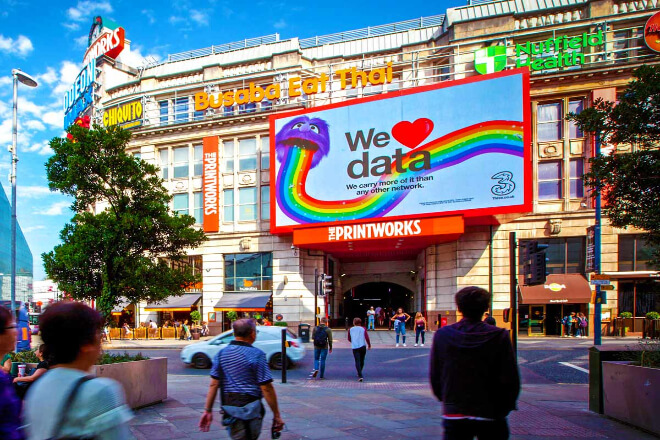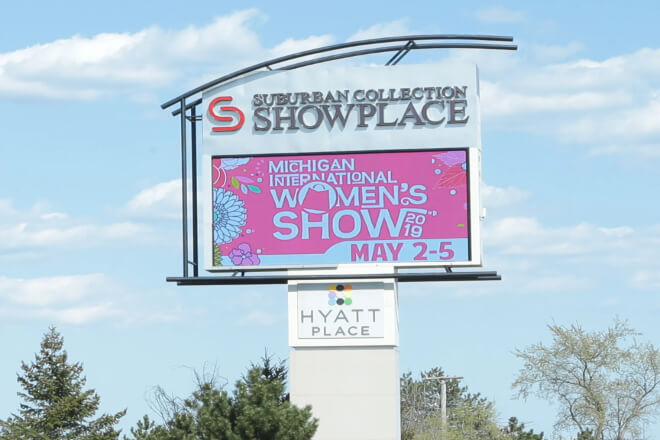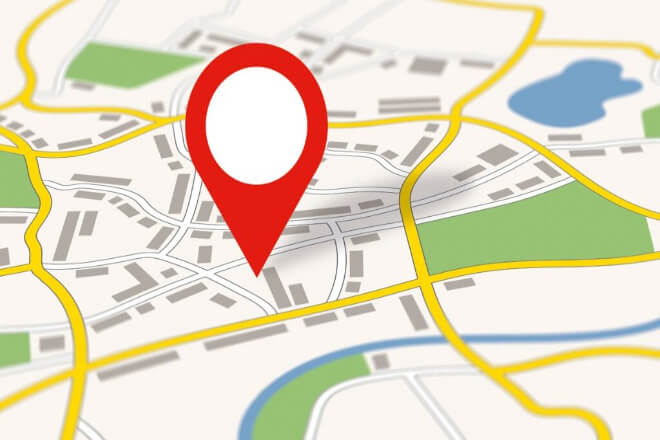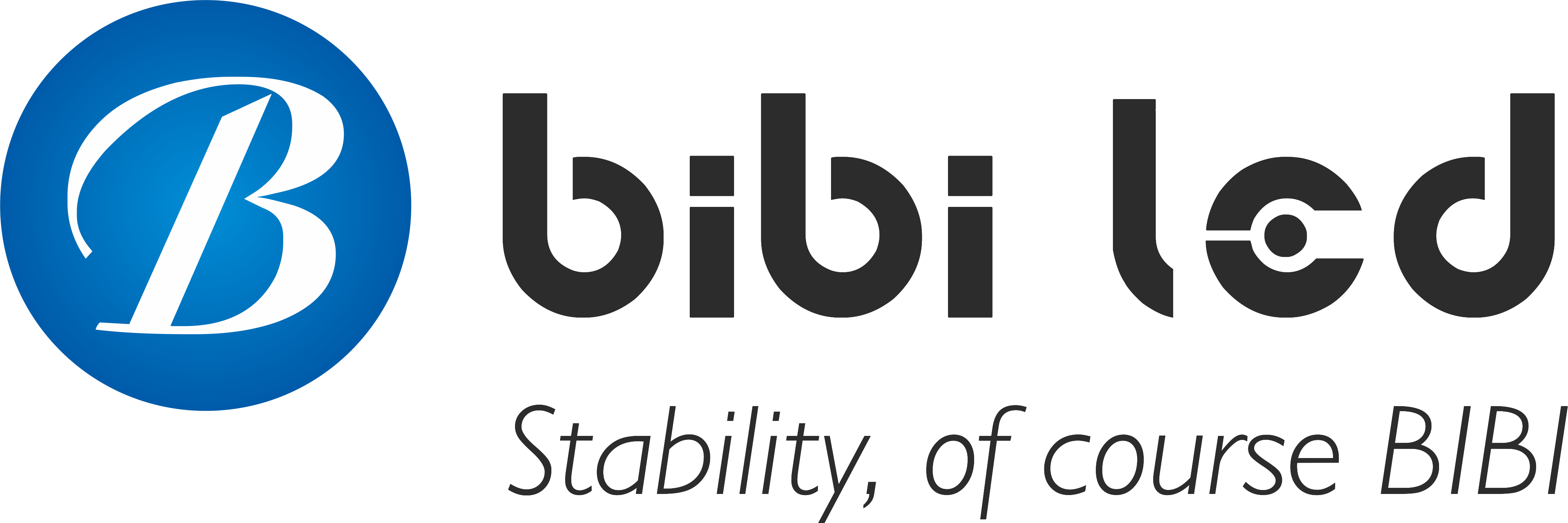介绍

Have you ever wondered why some LED屏幕 are always crowded, while others are ignored?
Your advertising screen has cost a lot of money, but it didn’t have the expected effect? Don’t worry, it may just be because you didn’t master a few key principles.
目录
Principle 1: The content of the LED display needs to match the audience

1). First, figure out who the audience is
To make LED screen content, you must first know who will watch it. For example, the big screen in Times Square, New York, is one of the most lively places in the world, with a huge crowd every day.
Tourists come here to feel the excitement and see new things, so the screen often broadcasts some global hot news.
Major events in the entertainment industry, and cool advertisements of big brands.
Like Coca-Cola and Disney, these brands will show their latest creative advertisements there, with super cool pictures and super exciting music, which can catch the audience’s attention at once.
This shows that you must first understand what kind of people the audience is and what they like, and then you can make suitable content.
2). Content must be “customized”
Content cannot be the same everywhere; it must be based on the audience’s preferences.
Take the big screen in London’s Piccadilly Circus, for example, which is one of the largest advertising screens in Europe.
This screen is very smart. It is divided into several parts, some of which play dynamic video ads, and some play small picture-text ads.
Why do this? Because different people like different things. For example, young people may prefer to watch creative and fast-paced video ads, while older people may prefer simple and clear text ads.
Sports brands like Nike will play their energetic sports ads in the video area to show the style of athletes, while some high-end brands.
Such as Chanel, may use simple and elegant text to introduce new products in the text area.
In this way, different people can find content that interests them there, and naturally, they are willing to stay for a while, and the conversion rate will go up.
3). Don’t forget to look at the data
It’s not enough to just create content; you have to see the audience’s reaction. The LED screen in Leicester Square in London did a good job.
They used cameras and sensors to see how long the audience stayed in front of the screen and which advertisement was viewed the most.
Once, they found that the audience was particularly interested in an advertisement for a sports event and stayed for a particularly long time.
So, they adjusted the content, added more similar sports advertisements, and made the rhythm of the advertisements more compact. As a result, the audience’s interaction rate increased a lot.
This tells us that we can’t just make content based on our feelings. We have to look at the data to see what the audience likes.
And then adjust it in time, so that the content can be more in line with the audience’s taste and improve the conversion rate.
In fact, the low conversion rate of LED screen content is often because it fails to capture the audience’s heart.
As long as you spend more time understanding the needs of the audience, making content that suits their taste, and then adjusting it in time according to feedback, you can make the screen really play its role.
Don’t underestimate these details. Sometimes, a small change can bring big changes!
Principle 2: How can the content of the LED display screen make people shine?

1). The use of color and psychological effects
Color is not chosen casually. It can directly affect people’s emotions and behaviors.
For example, red usually reminds people of enthusiasm, vitality, and even a sense of urgency, so many promotional advertisements use red to attract customers.
Some stores on Fifth Avenue in New York, for example, have “Limited Time Discount” written in big red font on the LED screen, coupled with a bright background, which immediately catches the attention of passers-by.
Blue gives people a sense of calmness and trust. Many financial or technology companies use blue tones in their advertisements.
For example, when Apple promotes new products, it often uses a light blue background, which makes people feel very advanced and reliable.
2). Dynamic effect vs. static effect
Dynamic effect and static effect have their own advantages. Dynamic videos and animations can attract attention, but sometimes, a high-quality static picture can also leave a deep impression.
Some brands’ LED screens will display high-definition static product pictures, such as Chanel bags, with simple text introductions, which are concise and atmospheric.
Brands like Coca-Cola will use dynamic videos to show the happy scenes of people drinking Coke.
When the pictures move, they feel more vivid. The key is to choose according to the content and goals.
If it is to show the details of the product, a static image may be better; if it is to create an atmosphere, a dynamic effect may be more appropriate.
For example, in the display effect of a 3D naked-eye LED display, the font can be designed to be three-dimensional, as if “jumping out” from the screen.
For example, when displaying electronic product advertisements, the font can be presented with a 3D effect together with the product model.
Making the audience feel that the text and the product are in the same three-dimensional space. This combination can enhance the visual impact.
3). Matching the skills of fonts and images
The matching of fonts and images is also very important. The font cannot be too fancy, otherwise it will steal the limelight from the image.
For example, on the advertising screens on the Champs-Élysées in Paris, some high-end brand advertisements usually use simple sans serif fonts.
Such as Helvetica or Arial, with high-definition product pictures, which look both fashionable and atmospheric.
Some creative advertisements may use interesting fonts to increase the fun. For example, when Disney promotes new movies.
It uses some cartoon-style fonts that match the animated characters in the picture and appear particularly lively.
4). Appropriate 亮度 和对比
Brightness and contrast are also critical. If the screen is too bright, it will be dazzling and uncomfortable; if it is too dark, it will not be clear.
The same is true for contrast. If the contrast is too low, the picture will appear gray; if it is too high, it will make people feel dizzy.
Outside the casinos in Las Vegas, the brightness and contrast of those LED screens are adjusted very well.
Because the lights there are very bright, the screen must be bright enough to attract people, but not dazzling.
They usually adjust the brightness and contrast according to different time periods and ambient light.
Such as brighter during the day and slightly darker at night, so that the picture can be clear without making people uncomfortable.
In short, if you want the content of the LED screen to be eye-catching, you have to work hard on color, dynamic effects, font matching, and brightness contrast.
If these details are done well, the screen will naturally attract people and make them unable to help but look at it a few more times.
Principle 3: Avoid over-complexity of the content of the LED display

1). Avoid lengthy text:
On the LED screen, the more text, the better. Imagine that you are walking on the street and see a screen with dense words on it. Will you stop and look carefully? Definitely not!
The audience’s attention span is very short, so the information must be concise and clear. For example, on the Champs-Élysées in Paris, Apple’s advertising screen never uses long speeches.
They use a high-definition product picture, a simple slogan, such as “Innovation never stops”, and then add a website or QR code.
This simple design can be understood and remembered by the audience at a glance.
2). Key information that is clear at a glance:
Key information must be highlighted and cannot be drowned in a bunch of irrelevant content.
Just like in New York’s Times Square, Nike’s advertising screen always catches people’s attention.
They will put a large product picture in the middle of the screen, such as the latest sports shoes, and then write a slogan in large fonts next to it, such as “Just Do It”.
Other content is simplified as much as possible, so that the audience can see the most important information at a glance.
In addition, they will use some simple animation effects, such as making the shoes move or making the slogan font flash a few times, so as to better attract the audience’s attention.
3). Follow the “golden time principle”:
The audience will not stay in front of a screen for too long, so the display time of the content must be reasonable.
Generally speaking, the average stay time of the audience in front of the LED screen is only a few seconds to more than ten seconds.
This requires us to seize the “golden time”, that is, the few seconds that the audience is most likely to pay attention to.
For example, in London subway stations, some advertising screens will adjust the content according to the arrival time of the train.
When the train is about to arrive, the LED screen will display a short advertisement.
For example, “Come and try our new coffee, which will make you feel good all day”, accompanied by a picture of a steaming cup of coffee.
This advertisement appears just when passengers are waiting for the train, and the time is just right, so it will not make people feel too long or too short.
Principle 4: LED display screens convey information at the right time and place

1). When is the most effective time to display content?
The time to display content is very important! Just like at the 飞机场, most people who catch the early flight in the morning are business people on business trips, and they may pay more attention to news, weather, and flight information.
Therefore, the airport’s LED screen will focus on playing this content in the morning. In the afternoon, people in the airport may be more relaxed.
And it will be more effective to play some advertisements for tourist destinations or leisure and entertainment content at this time.
For example, Emirates Airlines will display flight status and business news on the LED screen at Dubai Airport in the morning, and will display Dubai’s tourist attractions and hotel discounts in the afternoon to attract tourists’ interest.
For another example, the LED screen in the mall, weekends and holidays are the peak shopping season.
And broadcasting promotions and new product launches at this time can attract more customers.
Like the Westfield Shopping Center in London, the LED screen will scroll the discount information and limited-time offers of major brands on the weekend to attract customers to stop and watch.
2). Choose the right content according to the venue
Different places have different audience needs and moods, so the content should also change accordingly.
In the mall, customers come to shop; they like to see fun and interesting advertisements, as well as various promotions.
For example, at Macy’s Department Store in New York, the LED screen broadcasts fashion shows.
New product recommendations, and various interactive games, so that customers can have fun while shopping.
At the airport, most passengers come to catch a flight, and they pay more attention to practical information, such as flight status, weather conditions, and dining and shopping information in the airport.
For example, the LED screen at Singapore Changi Airport will display the weather conditions of different destinations according to the take-off and landing times of flights.
And will also recommend duty-free shops and restaurants in the airport, so that passengers can arrange their time while waiting for their flights.
3). Climate change and brightness adjustment of outdoor LED screens
户外LED屏 must also take into account changes in weather and light. For example, in the outdoor advertising screens in Las Vegas.
The sunlight is very strong during the day, so the brightness of the screen must be increased so that passers-by can see clearly.
At night, when the light becomes dim, the brightness of the screen will automatically decrease, which can save energy and prevent it from being dazzling.
Moreover, if it rains or fogs, the content of the screen can also be adjusted, such as displaying some warm reminders, such as “The road is slippery on rainy days, please pay attention to safety.”
For example, in the outdoor advertising screens in London, in winter, the weather is gloomy, the brightness of the screen will be appropriately increased.
And some warm content will be played, such as Christmas promotions and hot drink advertisements, which make people feel warmer.
In summer, when the weather is clear, the brightness of the screen will be slightly lowered.
And the content will be changed to cool beach vacation advertisements, making passers-by feel refreshed.
In short, the content of the LED screen must be adjusted according to time and place.
The right time period, matching scenes, and design that adapts to environmental changes can make the content of the screen more attractive and effective.
5. 结论
After reading these principles, do you feel enlightened? In fact, it is not difficult to make the content of the LED screen really “live”. The key is to capture the hearts of the audience.
Don’t let your screen be unknown anymore. Take action quickly and use these tips to make the screen a key step to your success!
最后,如果您想了解更多关于LED显示屏的知识, 请与我们联系。
